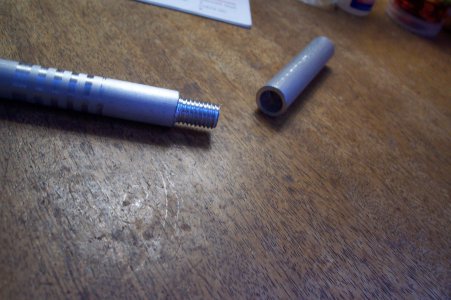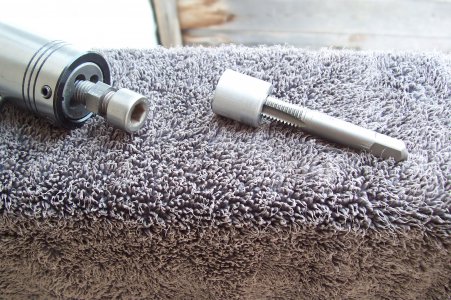- Joined
- Feb 17, 2021
- Messages
- 468
am making a pencil type device such as 1 end screws into another. I used a 10M x1.5 tap for one end and 10M x1.5 for the I.D.
when I tried to screw the tapped end was too small even tho both tap and die were the same size...the picture might better explain it and cant quite figure where I went wrong
when I tried to screw the tapped end was too small even tho both tap and die were the same size...the picture might better explain it and cant quite figure where I went wrong
Attachments
Last edited:



